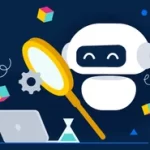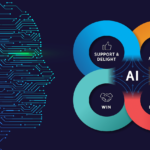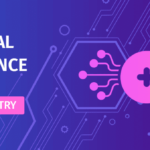How easy is it to detect AI-generated content?
The rise of generative AI technology, such as the GPT (Generative Pre-trained Transformers) models, has raised concerns about the authenticity and authorship of written content. It is now commonplace to question whether a tweet, essay, or news article has been composed by artificial intelligence software. This uncertainty extends to academic contexts, employment, and the trustworthiness of information. The widespread dissemination of misleading ideas also prompts inquiries into whether AI-generated posts are artificially creating the illusion of real traction.
At the heart of generative AI chatbots like ChatGPT or GPT-3 lies a component known as the Large Language Model (LLM). This algorithm imitates the structure of written language, although the underlying mechanisms can be intricate and opaque. The concept, however, is rather straightforward. GPT models are trained on extensive amounts of internet data, enabling them to predict the following words in a text and refine their responses through a grading system to produce authentic-sounding content.
Recently, tools have emerged to differentiate between AI-generated and human-written text. OpenAI, the organization responsible for ChatGPT, has developed such a tool that employs an AI model specifically designed to identify disparities between generated and human-authored text. Nonetheless, as software like ChatGPT continues to advance, generating text that is increasingly indistinguishable from human writing, the task of identifying AI-generated text becomes progressively more challenging.


































